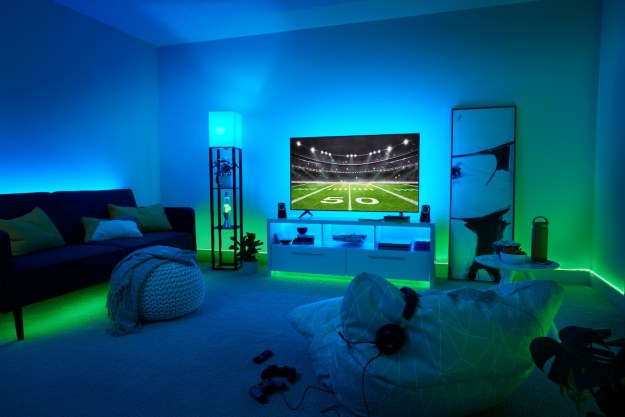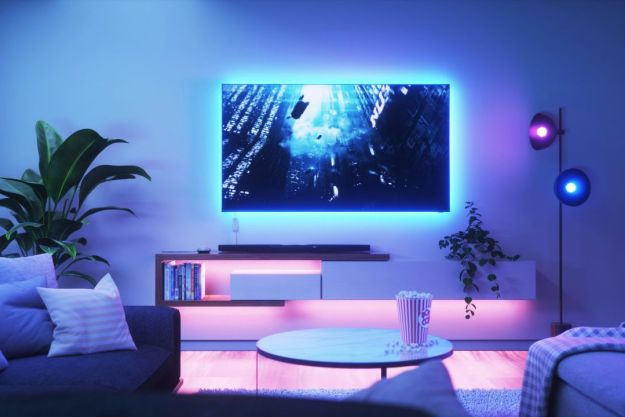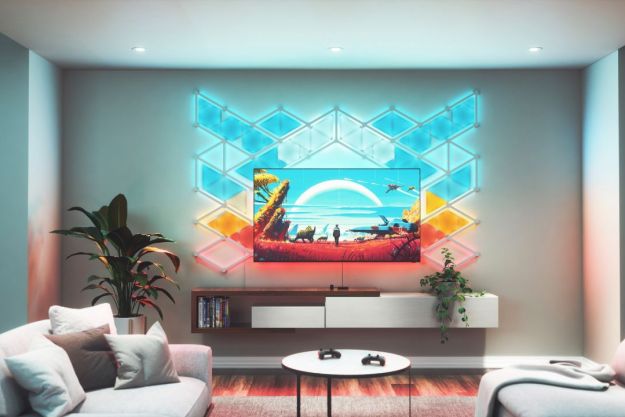Smart lights are among the simplest products to add to your smart home. After removing your old bulbs and screwing in the new ones, you’ll instantly be able to adjust their brightness or tweak their color. And while those features alone are a good reason to bring them into your home, there’s a lot more to most smart lights than you’d imagine.
Of course, each smart light comes with its own set of caveats, and not all of them can perform the same task. Philips, Wyze, Sengled, Nanoleaf, and dozens of other manufacturers are churning out smart lights nowadays — and you can even find unique products such as LED strips or smart lamps that bring their own twist to the category. This variety has led to an explosion of innovation, with smart lights now able to perform tasks well beyond simple illumination.
From responding to weather to syncing with motion alerts, here are eight lesser-known actions smart lights can perform.
Set schedules for arrivals and departures

Imagine leaving for work in the morning and, without having to flick a switch, your home’s lighting automatically toggles off. Then, around 5 p.m. the lights kick on in the living room, even though you’re still on your way home. At 7 p.m., when you do arrive home, the rest of your first-floor lights illuminate, and at your preferred brightness, too.
In the scenario we just described, the smart lights were programmed to toggle on/off based on a predesignated time of day. Smart light scheduling is a convenient feature that most major lighting brands offer through their companion apps or via third-party configurations from the likes of IFTTT. For those looking to save on the energy bill, smart light scheduling is a great way to manage your home’s electricity, as well as a handy deterrent for potential thieves. In the above scenario, the lights were cued on at 5 p.m. to create the guise of someone being home, resulting in peace of mind for the homeowner.
Fool would-be thieves
While most folks will use schedules to set their lights for arrivals and departures during a work week, the same functionality can be used to mimic your lifestyle while on vacation. Instead of turning all your lights off when heading out on an extended trip, you can set various schedules to toggle lights throughout your house — giving the illusion that someone is still present. Some smart lights even come with a preset that will randomly toggle their settings, making it remarkably difficult to tell whether you’re home or away.
Set alarms and reminders
Did you know your smart lights can help you get up in the morning? Instead of waking up to harsh-sounding alarms that you want to destroy, brands like Philips Hue allow you to use your smart lights as a faux sunrise. To do so, all you have to do is open your Hue app, head over to Routines and tap Wake up. From here, you’ll be able to choose the time, days of the week, and fade settings for the bulbs you want to use to simulate the dawn of a new day.
You can also use your home’s smart lighting as a kind of personal assistant. Need to set a timer for the boiling dinner on the stovetop? Instead of dialing in a countdown using your microwave’s food-caked buttons, give the duty to your smart lights. For Hue owners, users can easily start/stop a timer by opening the Hue app, then tapping Routines > Timers. You can set your lights to turn on, blink, and even change colors when the time is up.
Want to kick things up another notch? If you’re running parts of your smart home with Alexa, Google Assistant, HomeKit, or another compatible voice assistant, you can pair your lights to the assistant for things like wake-up lighting and timers. Not all brands will shake hands with each other, though, so you’ll want to be sure that the smart light bundle you’re interested in buying can be controlled by your voice assistant of choice.
Link to motion triggers
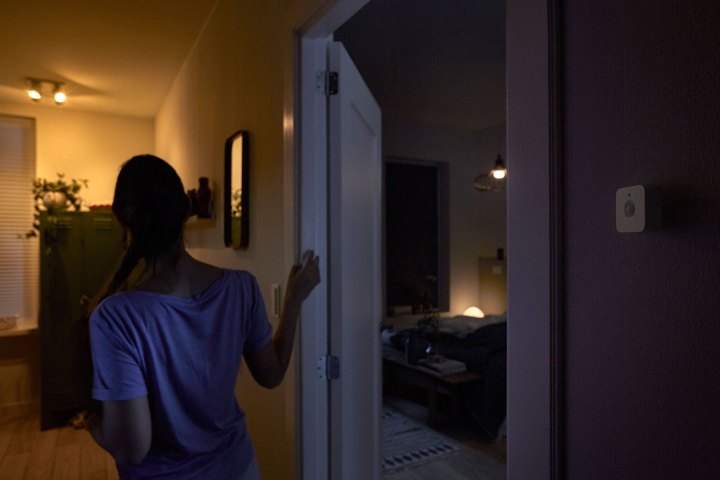
Whether you’re sick of wandering your home’s dimly lit halls on your way to the bathroom or you want even more out of your home security system, many smart light suites can be linked to your home’s existing smart hardware (thermostats, cameras, dedicated motion sensors, etc.) for expanded abilities.
So what does this mean for you and yours? Instead of fumbling for light switches, imagine your hall lights fading up to a low brightness when you walk past your Hue Motion Sensor or Google Nest Thermostat. Linking smart lights to motion triggers is also a great way to keep burglars at bay. If someone breaks in, you can use companion apps and IFTTT programming to make your lights blink red and blue as a warning to the thief-at-large. You can also pair certain smart light brands to your home’s smoke alarms, throwing the lights on at full brightness during emergencies. One such pairing is Philips Hue and the Nest Protect smoke alarm.
Respond to weather conditions
Need extra lighting in the house during thunderstorms? Want your lights to recreate the experience of being in a storm? It’s all possible. Using your smart lighting app, various weather services, and/or IFTTT applets, your smart lights can respond in real-time to weather conditions occurring in proximity to your residence.
Philips Hue, paired with a Weather Underground account, is the brains behind creating your own thunderstorm. Light colors will shift and flash to emulate lightning during a storm, then return to default hues when it finally clears the region.
Set the mood for movies and video games
Want to elevate your next movie night or gaming experience? If you’ve got a Philips Hue system, you can link your lights to various third-party applications to add layers of immersion to your next round of Call of Duty. One such peripheral is the Razer Chroma RGB Lighting System. By linking your Hue lights to the Razer system, you can have your lights simulate in-game environmental lighting, respond to live firefights and set pieces, and even reflect the player’s overall health. If this is of interest to you, be sure that the games you plan on playing are compatible with the Razer/Hue combo.
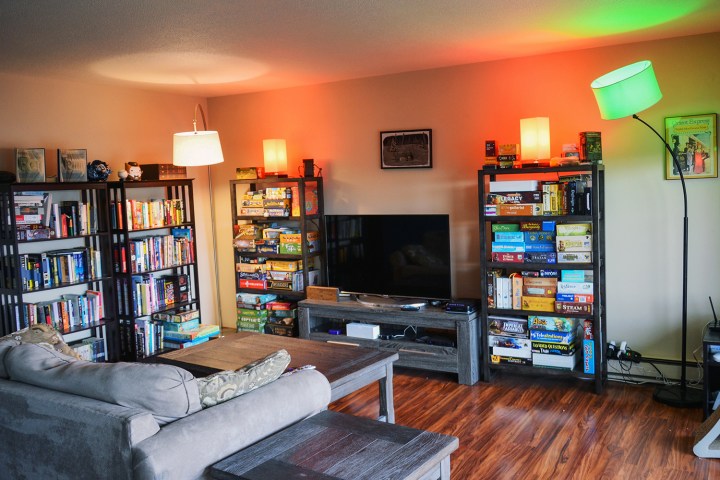
While functionality is a bit more limited, you can also get your Hue lights to respond to movies and TV shows using Hue Entertainment programming (through the Hue app) and Hue Sync (desktop only). Once everything is configured correctly, Hue Sync analyzes what you’re watching and sends information to your Hue lights to simulate the lighting environments and mood/tone of the movies and shows you’re watching.
Pump up your playlists
Speaking of syncing, you can also pair your smart lights to your favorite music. Philips Hue owners can do so using Hue Sync (see above), a free utility that does a fair job of analyzing what tunes you’re playing on your computer and orchestrating a reactive light show to go along with the beats. Users can expect rhythmic pulses from their Hue smart lights. There are also several presets for effect powers that range from subtle to intense.
If you’re not a fan of Hue Sync or own other types of smart lights, there are a number of third-party applications you can use to achieve similar music syncing. These services include Lightbow, OnSwitch (only works for Philips Hue), iLightShow, and a handful of others.
Fade out the day for deeper sleeping
If you’re finding it hard to hit the hay, your smart lights could be of use once more. Let’s return to Philips Hue again. In the Hue app, under Routines, there’s a tab called Go to sleep. This is where you can program your lights to gradually begin dimming at certain times of the evening. Say you set the lights to start fading around 10 p.m. By the time you’ve been in bed for an hour or so, the slowly diminishing hues will provide a soothing environment to fall asleep in.
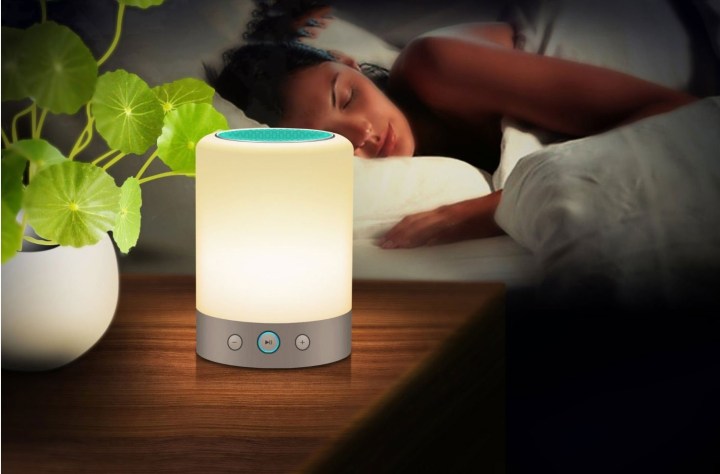
If you’re looking for a standalone bedside lamp to help you sleep, products like the Philips SmartSleep and Casper Glow can be programmed via the app to brighten and dim according to predesignated times. The Philips SmartSleep can even be used as an alarm clock.
Editors' Recommendations
- The best smart light switch for Alexa, Google Home, and HomeKit
- The best smart light bulbs
- How to create spooky Halloween effects with smart home lighting and sound
- Are smart lights bulbs worth it?
- The best cheap smart bulbs


